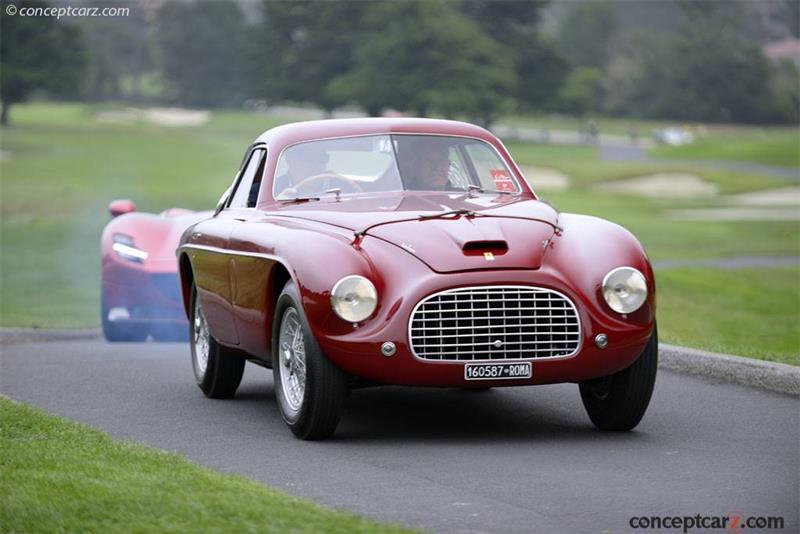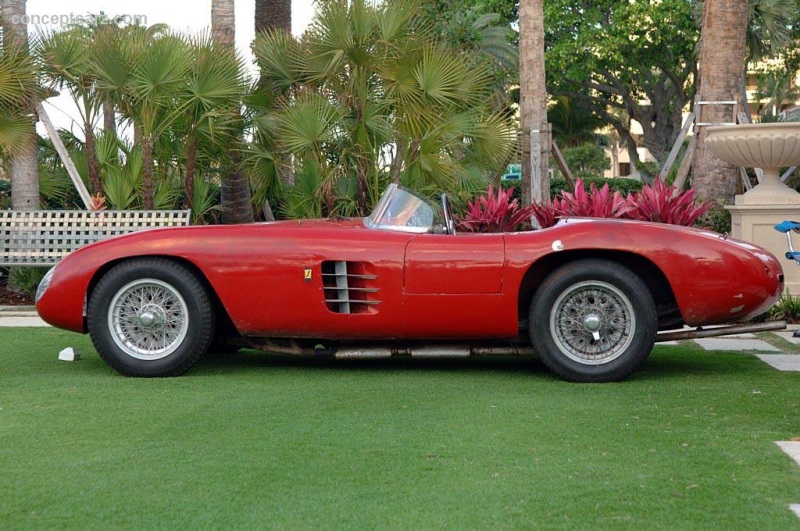Rushes of adrenaline can be addicting. Soon, adventure and speed become such a way of life, such an addiction, that it can become a generational experience. The norm just isn't exciting when raised in an environment of adventure. And if raised in a home with means, addictions, such as grand prix racing, can become an outlet that feeds the addiction.
Spyder Corsa
Chassis #: 014I
View info and history
Auction entries : 3Raymond Sommer was born into a wealthy family from Sudan, France, in 1906. Raymond likely developed his need for speed and adventure from his father, who in 1909, broke the Wright brother's record for the longest flight. However, Raymond waited until he was twenty-five before he let his adrenaline addiction overtake him.In 1931, Sommer began entering motoraces. He started out using a Chrysler Imperial. But this wasn't just some kid with money deciding to go racing. Instead, he proved his talent and determination the very next year.In his second year of motoracing, he entered and won the 24 hours of Le Mans. This victory was an achievement in and of itself. However, the fact the victory came as a result of Sommer having to drive over 20 of the hours solo because his driving partner became ill only demonstrated his desire, his will to win. Raymond was just one of many 'gentlemen racers'. But, because of his desire, Sommer would achieve the next level. Even despite winning the 24 hours of Le Mans it would be easy to pass this guy off, but the fact this 'rich kid' would win it again the very next year only cemented Sommer's reputation as a legitimate racer.
Berlinetta by Touring
Chassis #: 020I
View info and historyTo say Sommer was a legitimate racer though is a bit of an understatement. Raymond would go on to lead every 24 hours of Le Mans up until 1938. Sommer was a dominant force in the 24-hour race despite only winning twice. The records are really a poor indicator of Raymond's dominance. One year in particular, the records show that Raymond did not win, and this is what most people go by—results. What might be overlooked was the fact that until his car broke he had a lead of over 12 laps—that's dominance.If one were to consider racing to be an art, then Sommer would have qualified as a freelance artist, especially when it came to grand prix racing. Raymond did race quite a few grand prix races for the likes of Ferrari and Talbot-Lago's factory team. Yet, despite having the talent to drive for some of the major teams of the day, Raymond often decided to run in privately entered cars. This choice would do more to hurt Sommer's chances in grand prix racing then it would to help.Much of Sommer's pre-World War II career was spent racing sports cars, where he excelled in winning such races as the 24 hours of Le Mans and Spa. When the war broke out Raymond did not sit on the sidelines and wait for it all to be over. Instead, Raymond was active in the French Resistance.
Spyder Corsa
Chassis #: 014I
View info and history
Auction entries : 3It is not entirely known what Sommer did while involved with the French Resistance, but it seemed to only help his racing career once the war ended. In 1946, Raymond won the Rene Le Begue Cup race at Saint-Cloud. And, in 1947, Sommer scored a victory in the Turin Grand Prix. What made this victory especially notable was that it was the very first grand prix Enzo Ferrari entered as his own independent team. Despite the promise for the future this victory signaled, Raymond would end up switching back to his own car the very next year—a Talbot-Lago (See article Talbot-Lago T26C).When the inaugural Formula One season started in 1950, Raymond drove for both a constructor and himself. Sommer; however, did not make the trip to the first event of the championship, the British Grand Prix, held at Silverstone. However, when the season continued on at the Monaco Grand Prix Sommer would drive the third Ferrari 125 for Scuderia Ferrari (See article Ferrari 125). Sommer's talent would emerge right away as he would end up qualifying 9th for the race, some six seconds behind pole-sitter Juan Manuel Fangio. Raymond would avoid the accident on the first lap and would drive a consistent race ending up 4th, three laps behind the winner. This result netted Raymond three points toward the championship.Sommer would again drive one of the Ferrari 125s when the championship moved on to Bremgarten and the Swiss Grand Prix. Sommer would qualify 13th for the race; over twelve seconds behind Juan Manuel Fangio. Raymond's Swiss Grand Prix didn't go as well as Monaco however. Raymond would end up retiring his Ferrari after only 19 laps due to suspension problems. So, Sommer would leave Bremgarten adding no extra points to his championship tally. 
Spyder Corsa
Chassis #: 016 I
Engine #: 016 I
View info and historyAs the season headed to Spa for the Belgian Grand Prix, many teams and drivers did not make the trip. Scuderia Ferrari and Raymond were one of the few teams and drivers that did make the trip. However, Raymond did not drive for Ferrari at Spa. Instead, Raymond raced his own Talbot-Lago T26C. The switch to his own Talbot-Lago didn't seem to hurt Sommer during qualifying, as he would end up starting from the 5th position. Ferrari would only bring two cars to the race and only Luigi Villoresi would beat Sommer during qualifying. Villoresi would only qualify one spot better, ten seconds behind pole-sitter Nino Farina. Sommer would actually post the same qualifying time as Villoresi, but was relegated to 5th. Despite the fact the race was only 35 laps, Raymond's race would end up coming to an end after only 20 laps due to oil pressure problems.Sommer would switch drives again for the French Grand Prix at Reims-Gueux. Being a Frenchman, Sommer would have the opportunity to drive for the French Talbot-Lago factory team. Raymond would not post a time for qualifying, and therefore, was assigned to the 17th starting spot on the grid, flanked by David Hampshire and Charles Pozzi. Sommer's race would not fair well at all. Raymond would end up retiring his factory T26C due to overheating issues after only four laps.The Italian Grand Prix at Monza was the final event of the Formula One championship, and once again Sommer switched drives, going back to racing his own car. Despite the large number of teams and drivers that showed for the finale, Sommer showed his quality by qualifying his own Talbot-Lago 8th. This was a strong showing for the T26C at Monza. The race was one of attrition, with only seven cars officially making it to the end of the race. Unfortunately, Raymond wasn't one of those. Sommer's race ended on lap 48 with gearbox troubles. Unofficially, Sommer finished the race in the 10th spot.
Spyder Corsa
Chassis #: 016 I
Engine #: 016 I
View info and historyAlthough Raymond's Formula One championship run had few highlights. Sommer would end up finishing the championship in the 15th position overall. 1950 would prove to be a year of extremes—there were bright spots, but there was also tragedy. Raymond would win the Aix les Bains Circuit du Lac Grand Prix driving a Ferrari 166. However, in September, Sommer's life would come to an end after he crashed during the Haute-Garonne Grand Prix due to steering failure. The car overturned on top of Sommer crushing him, killing him instantly.An early death, circumstances and poor decisions undoubtedly hindered the promise Raymond showed behind the wheel of a race car. Looking at his situations, his successes and his failures, Sommer proved to be one of those early pioneers of sports car and grand prix racing where it is easy to wonder what might have been if everything went right. Many drivers and team owners owe Sommer a debt of gratitude, not because of being a man of means, but because of being a competent and competitive driver. He wasn't out there playing a role, or, doing a hobby. He had passion. He was a racer.By Jeremy McMullen
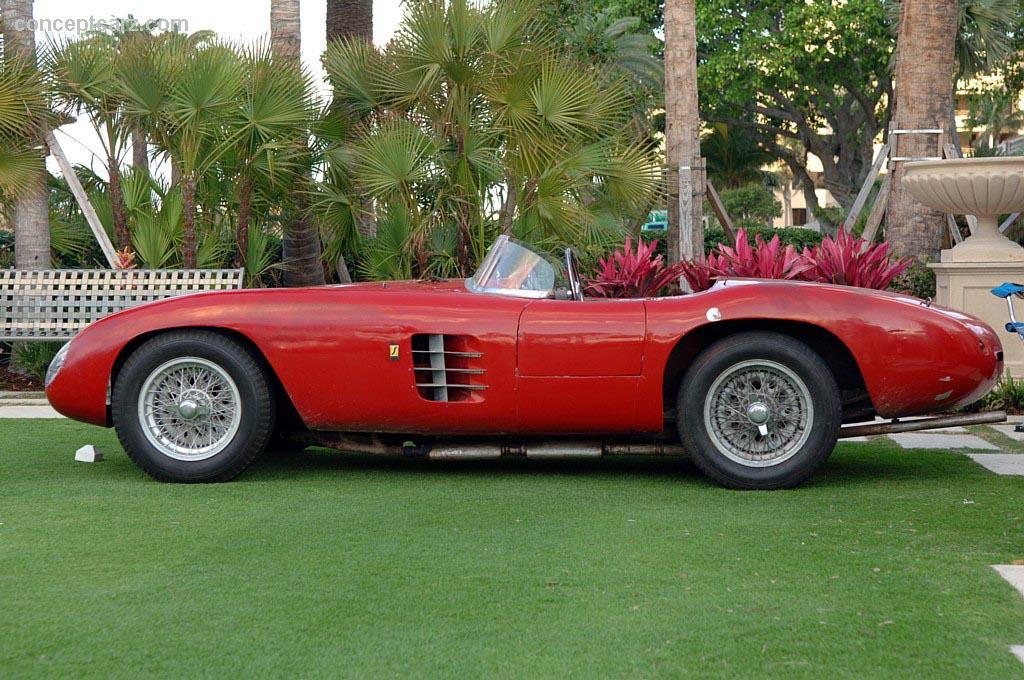
Spyder Corsa
Chassis #: 014I
View info and history
Auction entries : 3
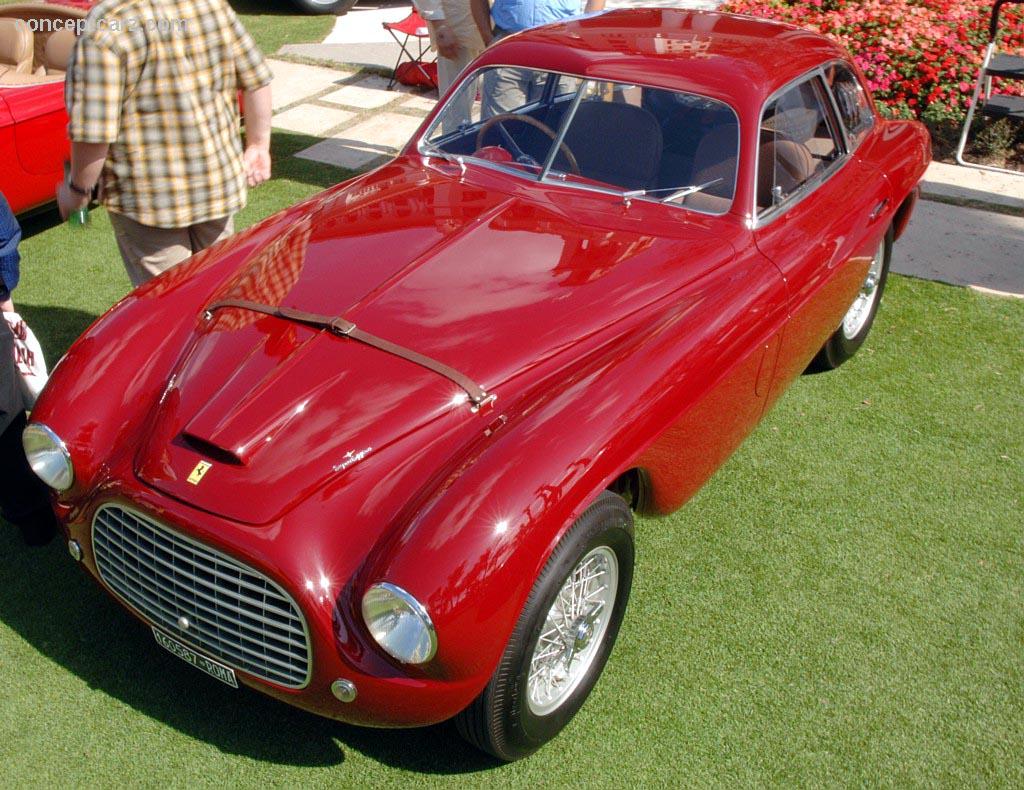
Berlinetta by Touring
Chassis #: 020I
View info and history
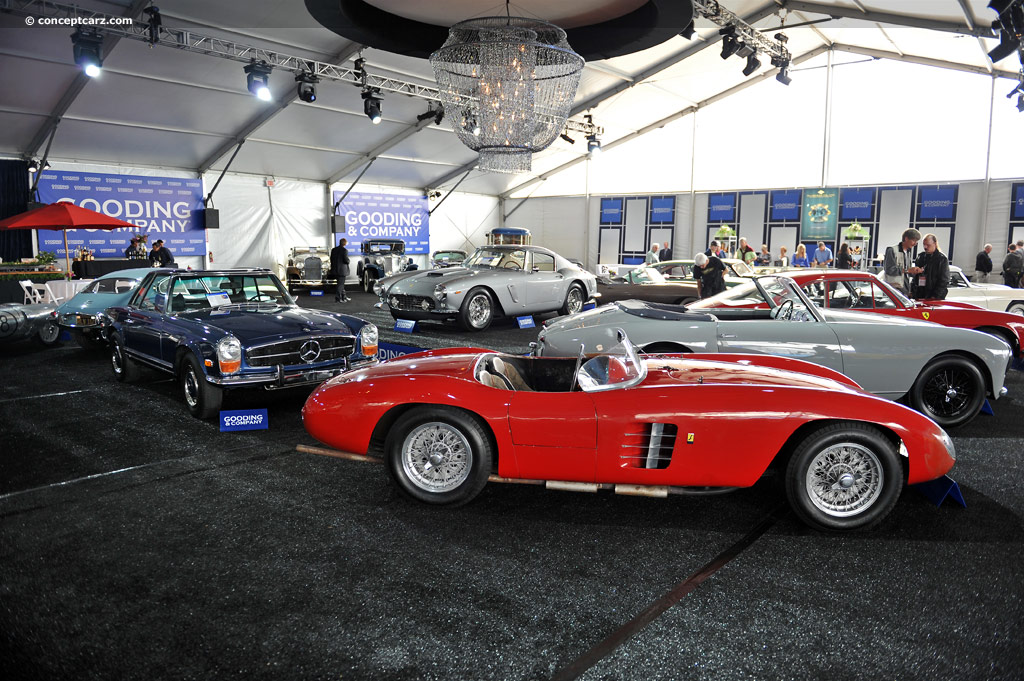
Spyder Corsa
Chassis #: 014I
View info and history
Auction entries : 3
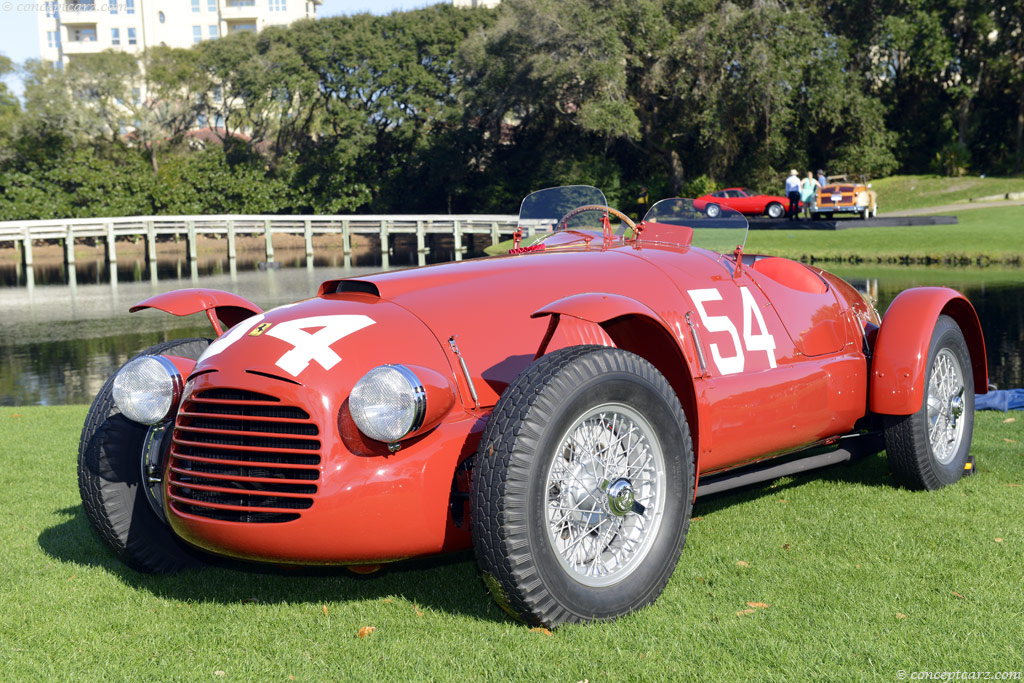
Spyder Corsa
Chassis #: 016 I
Engine #: 016 I
View info and history
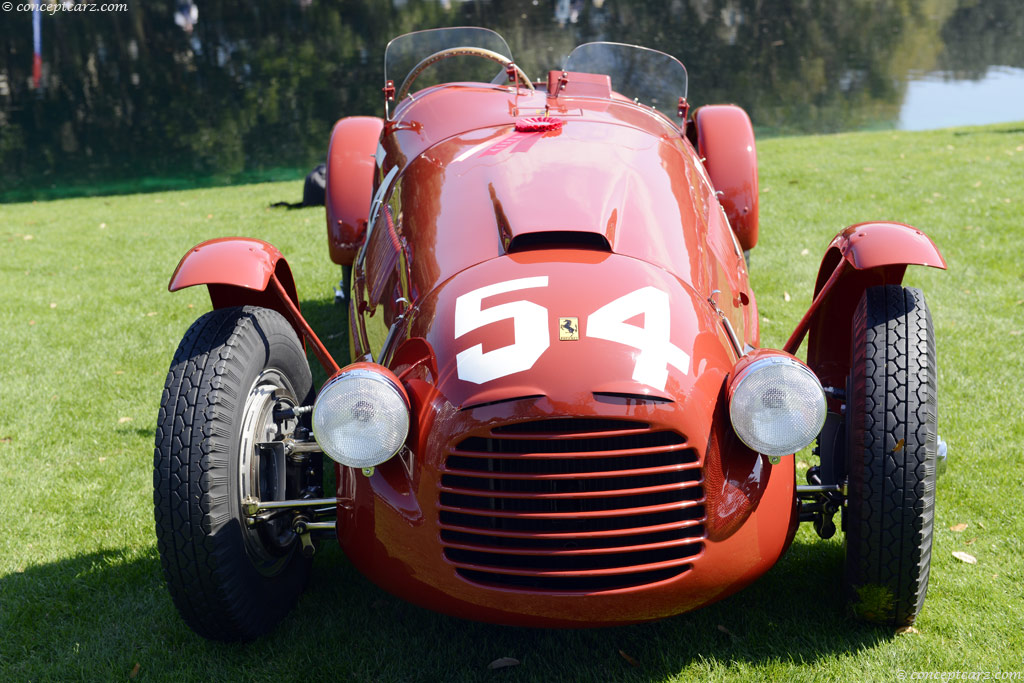
Spyder Corsa
Chassis #: 016 I
Engine #: 016 I
View info and history
Related Reading : Ferrari 166 Spyder Corsa History
The 166 Spyder Corsa was the first series of models offered by the newly formed Ferrari marque in 1947. Only eight were built, numbered 002C, 004C, 006C, 008C, and the 010I through 016I. The first cars sold to customers were 002C and 004C, which were sold to the Besana brothers, Gabriele and Soave, near the close of 1947. Chassis 006C, 010I, 0121, and 016I rested on a wheelbase that measured 95....
Continue Reading >>
Continue Reading >>
Related Reading : Ferrari 166 History
It was in 1948 when the newly formed Italian automobile company named Ferrari began selling a promising sports car named the 166. The two-seater sports car featured a 12-cylinder engine mounted in the front and supplying over 100 horsepower to the rear wheels. The engine was just under two-liters in size and had a unitary displacement of 166 cc, thus, the evolution of the model name. Production would....
Continue Reading >>
Continue Reading >>
Similar Automakers
Similarly Sized Vehicles
from 1948
1948 Ferrari 166 Spyder Corsa Vehicle Profiles
Recent Vehicle Additions
Performance and Specification Comparison
166 Spyder Corsa Specification Comparison by Year
Year
Production
Wheelbase
Engine
Prices
Related Automotive News
Scuderia Ugolini: 1959 Formula One Season
While the name Ferrari is recognized the world-over, Ugolini, on the other hand, is only a name recognized by those very knowledgeable of motor racing and football. However, the name is nearly as vitally important to the world of motor sport. In 1959,...
1956 Argentine Grand Prix: Least in the Kingdom is Greater
Speaking of the power of humility, the Bible says the least, within the context of the world, if they follow Gods commands, shall be greater than those considered great.
To say that Luigi Musso was the least within the kingdom of Scuderia Ferrari...
Luigi Musso: Talented, Tempting and Troubled
Following Alberto Ascaris back-to-back titles in 1952 and 1953 there have been no Italian Formula One World Champions. While there has been a great amount of hope throughout the years, Italians have been left without a World Champion. Perhaps, it could...

1951 British Grand Prix: Tapped for a Special Moment in History
The lead and the victory were firmly within his grasp, but would the moment be taken away from him He had been in a similar situation before and then there would be a tap on the shoulder and he was forced to give up what he had fought so hard to earn....

Grand Prix Circuits: Pau Circuit
Some grand prix circuits just have a mythical status about them. Besides the drivers and great races, a lot of the equation comes down to how memorable the circuit truly is. In the case of the Pau Circuit, its sheer place in motorsport history and lore...




























